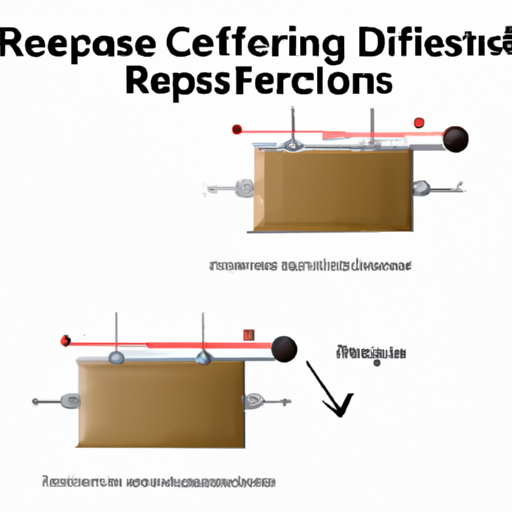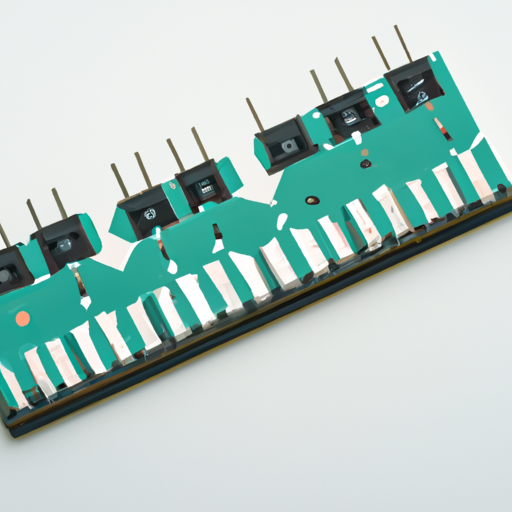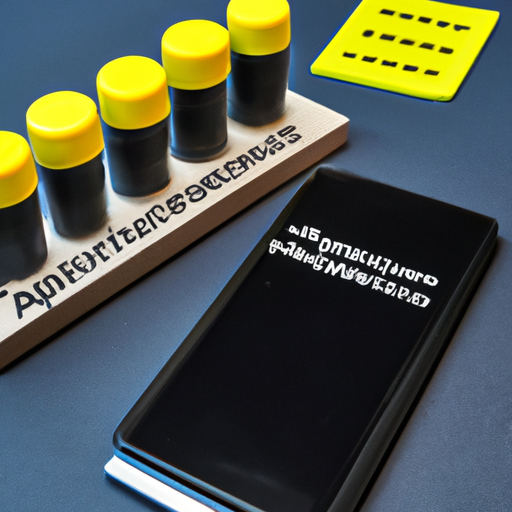S6008L Resistors highlighting the core functional technology articles and application development cases of Resistors that are effective.
Overview of S6008L Resistors and Their Applications
The S6008L resistors are a specific type of resistor that can be utilized in various electronic applications. While detailed articles and case studies on the S6008L model may not be readily available, we can explore the core functional technology of resistors in general and highlight common application development cases where resistors, including the S6008L, play a critical role.
Core Functional Technology of Resistors
1. **Basic Functionality**: Resistors are passive components that limit the flow of electric current in a circuit. They are essential for controlling voltage and current levels, ensuring that electronic devices operate within safe parameters.
2. **Types of Resistors**:
- **Fixed Resistors**: These have a constant resistance value and are widely used in various applications.
- **Variable Resistors**: These allow for adjustable resistance, such as potentiometers and rheostats, enabling fine-tuning of circuit parameters.
- **Specialty Resistors**: This category includes thermistors (temperature-sensitive), photoresistors (light-sensitive), and others designed for specific applications.
3. **Material Composition**: Resistors can be made from materials like carbon, metal film, and wire-wound materials. The choice of material affects performance characteristics such as stability, temperature coefficient, and power handling.
4. **Power Rating**: Each resistor has a power rating, typically measured in watts (W), indicating the maximum power it can dissipate without overheating. This is crucial for ensuring reliability in circuit designs.
5. **Tolerance**: This specification indicates the allowable variation from the stated resistance value, expressed as a percentage. Lower tolerance values indicate higher precision, which is essential in sensitive applications.
6. **Temperature Coefficient**: This measures how much the resistance changes with temperature, which is important for applications requiring stable performance across varying environmental conditions.
Application Development Cases
1. **Voltage Dividers**: Resistors are often used in voltage divider circuits to create specific voltage levels from a higher voltage source. This is particularly important in sensor applications where precise voltage levels are needed for analog-to-digital conversion.
2. **Current Limiting**: In LED circuits, resistors are used to limit the current flowing through the LED, preventing damage and ensuring optimal brightness. The S6008L could be used in such applications to ensure proper current regulation.
3. **Signal Conditioning**: In audio and communication systems, resistors are integral to filters and amplifiers, shaping and conditioning signals to ensure clarity and fidelity.
4. **Biasing Transistors**: Resistors are used in biasing networks to set the operating point of transistors in amplifiers, ensuring they function correctly within their linear range. This is critical for maintaining signal integrity in amplification circuits.
5. **Pull-Up and Pull-Down Resistors**: In digital circuits, resistors are used to ensure that inputs to logic gates are at defined logic levels when no active devices are driving the inputs. This is essential for preventing floating inputs and ensuring reliable operation.
6. **Temperature Sensing**: Thermistors, a type of resistor, are used in temperature sensing applications. They change resistance with temperature, allowing for precise temperature measurements in HVAC systems, automotive applications, and consumer electronics.
7. **Power Supply Circuits**: Resistors are used in power supply circuits for load balancing and to create reference voltages, ensuring stable operation of electronic devices. The S6008L could be employed in these circuits to maintain consistent performance.
Conclusion
Resistors, including models like the S6008L, are fundamental components in electronic design, serving various critical functions across a wide range of applications. Understanding their core technology and application cases is essential for engineers and developers working in electronics. For specific articles and case studies, it would be beneficial to consult technical journals, manufacturer datasheets, and application notes from resistor manufacturers. This knowledge can help in selecting the right resistor for specific applications and ensuring optimal performance in electronic designs.






